Christians in the West are heirs to centuries of established Christian teaching and culture. These are immortal blessings, even if we take them for granted at times. So it’s hard for most of us to conceive of the situation of an infant church growing and suffering in a culture and at a time vastly different from our own.
Korea in the late 1700s and 1800s is just such church and culture, and as far as I can tell, Koreans are the only people ever to have evangelized themselves without the intervention of foreign missionaries (at least initially). The story is absolutely captivating and inspiring.
Self-Evangelization
The key figure in this self-evangelization is a layman known as Yi Seung-hun, who was of the noble class and came from a politically well-connected family. As a young man, he accompanied his father on a diplomatic mission to Beijing in 1784.
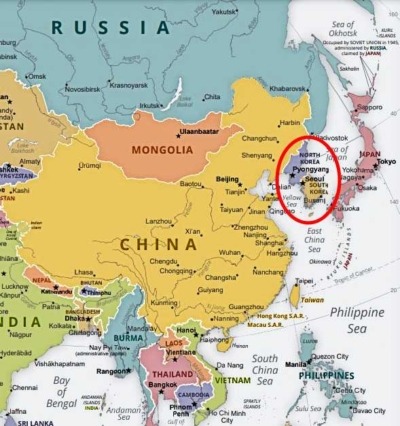 Yi had heard about Christianity from a venerable teacher in his circle, who asked him to bring back Christian books when he went to China so that their group could study more of the wisdom of the ages.
Yi had heard about Christianity from a venerable teacher in his circle, who asked him to bring back Christian books when he went to China so that their group could study more of the wisdom of the ages.
Well, Yi Seung-hun did much more than that. He met a Chinese Catholic priest in Beijing and received Baptism there before returning to his country with a load of Chinese-language books (translated from European sources) as well as crucifixes and other religious articles.
It’s not clear whether he even had a Bible at this point, but like the first Christian communities in the Acts of the Apostles, he had true faith and zeal for Christ in his heart. Peter—the name he took at his baptism—then went about spreading the Catholic faith to everyone he met! He reminds me of another Peter who led a band of twelve in spreading the Faith in an earlier pagan world.
Starting with his little study group, he baptized the venerable teacher and two sets of brothers from different families (five total) who were members. Then he baptized his own mother and didn’t stop there.
Peter had lit a fire.
It took ten years for the Catholic Church to send a priest to them (I’ll explain how that happened below), but by the time that priest arrived in 1795, there were 3000 Catholics in Korea!
These first lights of Christianity in Korea were all lit by the one candle of Peter Yi Seung-hun and his little study group!
The Blood of the Martyrs
As always happens, however, when the Light of Christ first dawns upon a land darkened by centuries of paganism, sparks fly.
Persecution broke out early for the fledgling Catholic community. The authorities distrusted western religions, which to them looked suspiciously foreign influences trying to infiltrate their kingdom.
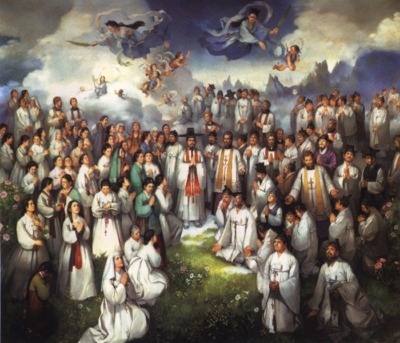
A painting depicts 103 Korean martyrs canonized by Pope John Paul II in 1984. (CNS photo/courtesy Archdiocese of Seoul)
In the centuries previous to this, Koreans had successfully closed their peninsula off to foreigners, which is why Korea was known as the “hermit kingdom.”
Two of the members of the first Christian community were beheaded as early as 1791 in an attempt to repress the new way. The unexpected discovery of the tombs of these first martyrs in 2021 showed evidence of the brutal killing and shocked the Korean nation: “The remains showed [lacerations] made by a sharp object around the necks of Paul Yun Ji-chung and Kwon, and around the neck, upper arms and left femur of Francis Yun Ji-heon.” (Catholic New Agency article.)
As we’ll see, this pattern would repeat itself in Korea’s history. But, “where sin abounds, grace abounds all the more” (Rom 5:20), says St. Paul, and that dynamic of grace was nowhere more fully evident than in the scenario that followed the first martyrdom.
A blood-soaked shirt of one of the martyrs was brought to China and presented to the Bishop of Beijing at the time. The bishop was so moved by it that he sent the first missionary to Korea in 1795, a Chinese priest named Fr. James Zhou Wenmo, who celebrated the first Catholic Mass on Korean soil on Easter Sunday of that year.
Unfortunately, the good Father wasn’t to last long either. In 1801, Peter Yi Seung-hun and his mother with the Chinese priest and hundreds of others were rounded up by the government and suffered the same fate as those earlier martyrs. All were beheaded.
In all, a total of five waves of persecution washed over the Catholic Church in Korea between 1791 and 1882 when Catholics were finally given the right to practice their faith openly.
Priestless for Another 35 Years
And even though the story has an eventual happy ending, the Korean Catholics who lived during most of the 1800s bore the heaviest crosses imaginable.
After Fr. Zhou was killed, the Korean Church was once again priestless. This time for more than three decades. But that didn’t stop the Church’s growth. When two priests of the Paris Foreign Missionary Society arrived in Seoul in 1836, they found a community of 6000 Catholics who were practicing their faith despite harsh persecution!
One commentator visiting Korea just before Christianity was legalized, expressed his extreme admiration of the Korean Catholics:
A [Chinese] gets baptized in consideration of the worldly and material advantages which he expects to gain thereby; the Korean has nothing of the sort to expect, but only persecution, torture, and often death itself. (Ernest Oppert, A Forbidden Land; Voyages To The Corea, 1880.)
The two French missionaries went about doing their work stealthily, able to disguise their identities by wearing the voluminous garments and large hats that the Koreans habitually wore during that time. They baptized another 1,267 souls the next year!
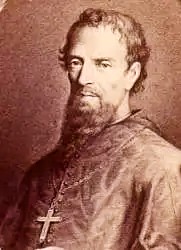
In 1839 there was another wave of persecution which caught the bishop and his two missionary priests in its net. In fact, Imbert was betrayed by an apostate Christian who denounced him as an enemy of the state. The bishop was beheaded after three days of torture and the priests were tied together in two chairs and drowned in a river.
One young man escaped that round of persecutions not because he was a coward but because he had gone to China to study for the priesthood. He has a special status among all the Korean martyrs. He was Korea’s first native priest.
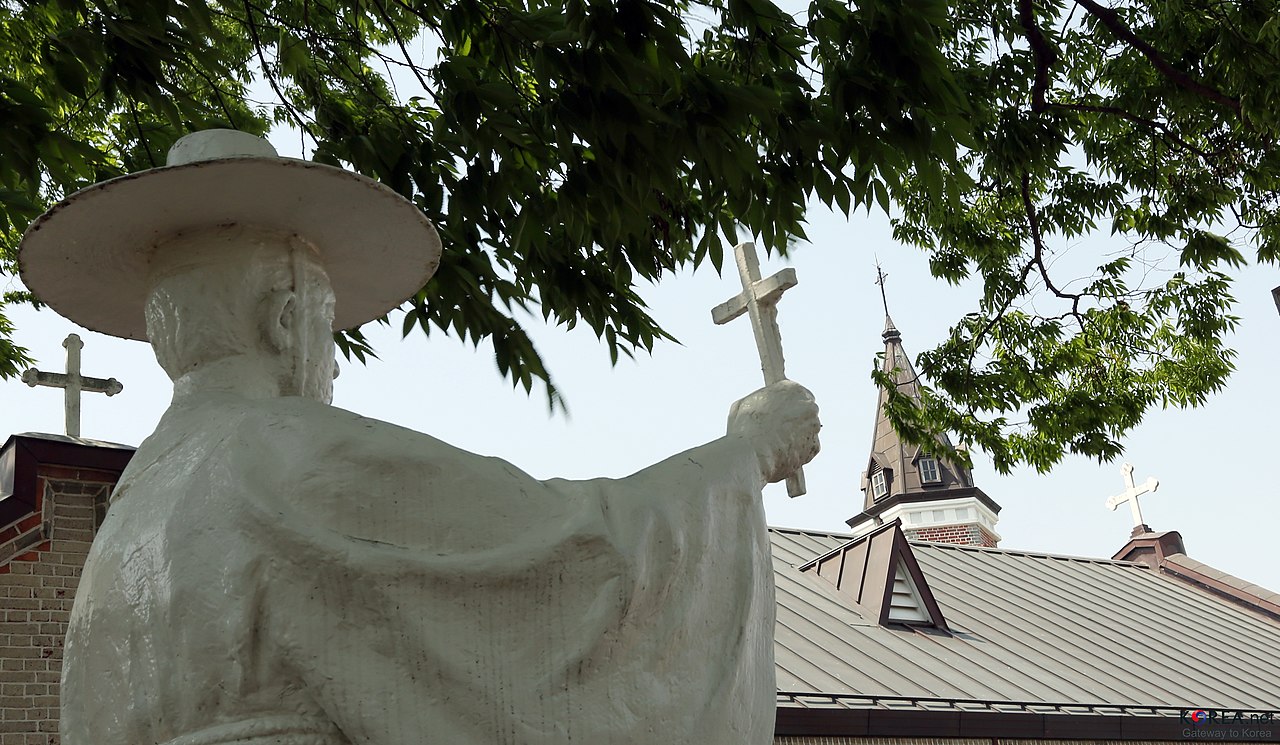
First Korean Priest
You may have come across the name of St. Andrew Kim Taegon in your Catholic reading. If I ever get to heaven, I would love to meet this priest. His earthly heroics were simply unbelievable.
If martyrdom can be said to be natural for anyone, it had to be him. He came from an incredible pedigree. Both of his grandfathers, as well as his father and a number of his uncles were martyred in the persecution of 1839.
That is just incredible! It’s also not surprising that a family like that would eventually produce a valiant priest.
Andrew was baptized at age 15 and soon thereafter went to the Portuguese colony of Macau to attend seminary. After six years of training he returned to his country to find that two generations of males in his family had been wiped out by a persecution he had escaped because of his studies. Imagine!
Seeing the desperate need for priests, he immediately returned to China to be ordained by a French bishop in Shanghai. Afterward, he crossed the Yellow Sea again to Korea where he created a sort of Underground Railroad for missionaries to enter his native land.
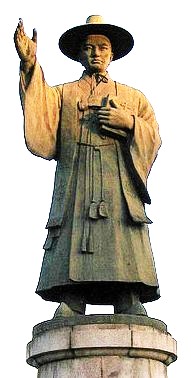 Fr. Kim was 25 years old then and only 13 months ordained when he was caught, tortured, and beheaded. A true pastor of souls even at such a tender age, he wrote a letter two days before his execution that is a Catholic treasure. Here is part of his message to his people:
Fr. Kim was 25 years old then and only 13 months ordained when he was caught, tortured, and beheaded. A true pastor of souls even at such a tender age, he wrote a letter two days before his execution that is a Catholic treasure. Here is part of his message to his people:
My friends! In this difficult time, we must be steadfast like brave soldiers fully armed in the battlefield. Though you are separated, make one rope. … God will soon send you a much better pastor than I. So do not grieve but practice greater charity and serve the Lord so that we may meet again in God’s eternal mansion.
On the 16th of September 1846, this soldier of Christ finished his warfare with the blow of a sword to his neck and received his mansion in heaven, an amazing tribute to the best of the Catholic priesthood.
The Seed of the Church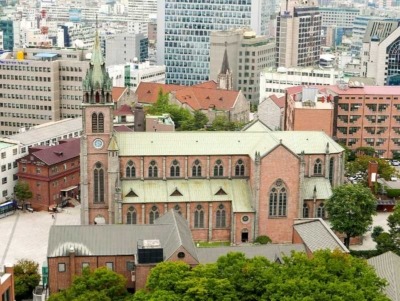
The early Christian writer, Tertullian, said that the blood of the martyrs is the seed of the Church. He was right. The Church, mysteriously, grows as a result of persecution.
There is no happiness in the sufferings that martyrdom brings, of course, but the Church always consecrates and unites the blood of the martyrs to Christ’s own sacrifice, and then reaps the reward of that sacrifice—after a time.
In that first century of its existence, the Korean Church gave over ten thousand martyrs to the faith as a testimony to the eternal truth of Christ, who is “the same yesterday, today, and always” (Heb 13:8).
More missionaries were eventually sent to Korea, and after 1882 the Christian faith was allowed to spread far and wide in that pagan land.
The numbers tell the story. At the beginning of the 20th century, Christians constituted less 1% of the population. By the end of the century, more than a quarter of Koreans were Christian. The 2015 census estimated the Christian population at 27.6%.
Catholics in South Korea number five and a half million today (Protestants are more than double that) with 3 archdioceses, 14 dioceses, and a foreign missionary society of their own!
More amazingly, the Korean Catholic Church has sent missionary priests and religious to 75 countries. It’s hard to imagine a sense of gospel “fruitfulness” greater than this.
And even with 35 years of Japanese occupation and the partition of the country after the Korean War (1950-53), it is said that more than 50,000 North Koreans practice the Christian faith fervently in secret despite ongoing persecutions.
Perhaps this is God’s Providence at work. Many signs indicate that Western civilization, the heir to a long and blessed Christian heritage, is now turning its back on the very source of goodness that created it. It seems to me that the persecution of Christians in our society has already begun.
Soon, we’re going to need friends and role models to help us endure in the faith, and we will undoubtedly find them in the Korean Christians, who are well acquainted with persecution.
———-
[Note: This article is a reproduction of the Sacred Windows Email Newsletter of 11/26/23, so it does not end with the regular Soul Work section. Please visit our Newsletter Archives.]
Photo Credits: via Wikimedia Commons and various CC licenses. Asacyan (Cathedral of the Immaculate Conception); Korea.net (Statue of Andrew Kim Taegon, back view); Maliepa (Statue of Andrew Kim, front view); Archdiocese of Seoul (Group of Korean Martyrs). Paris Foreign Mission Society: Bishop Laurence Imbert; Map: CIA Factbook.
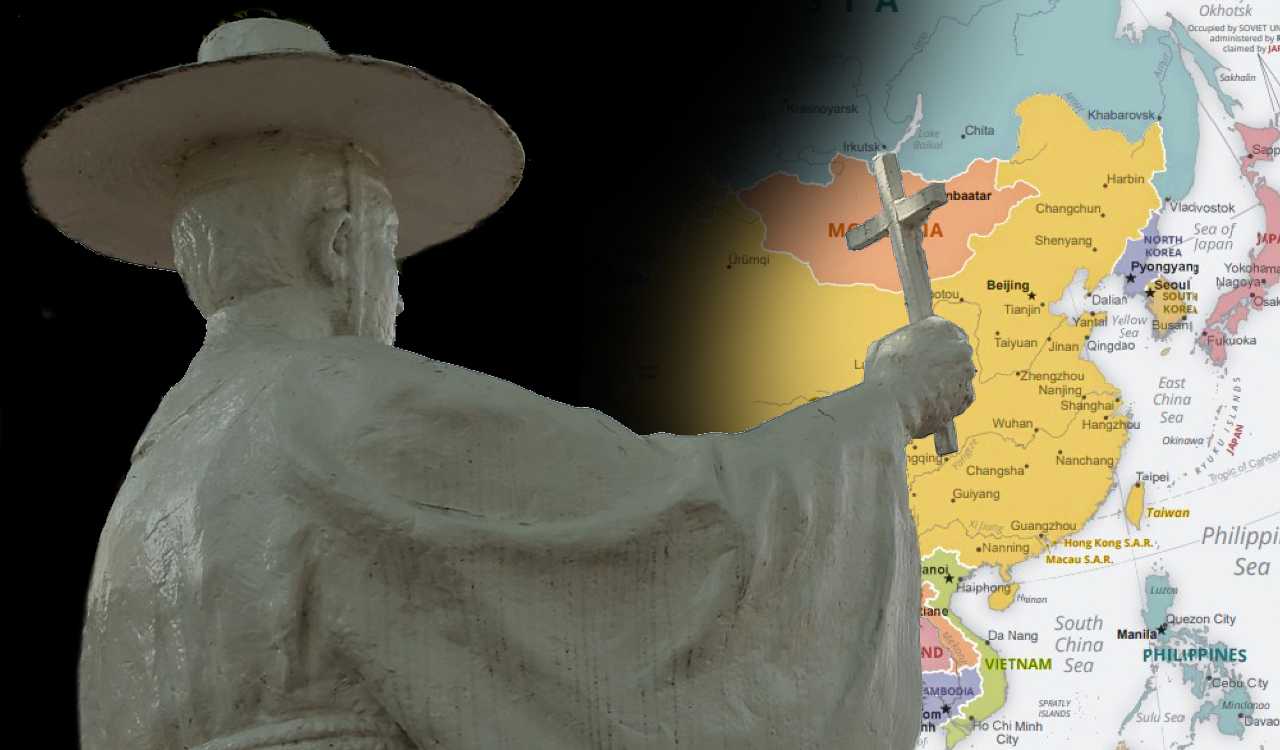
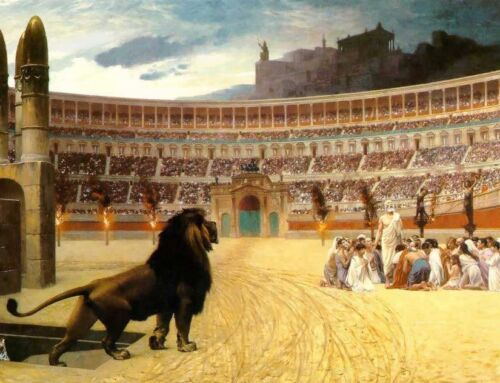
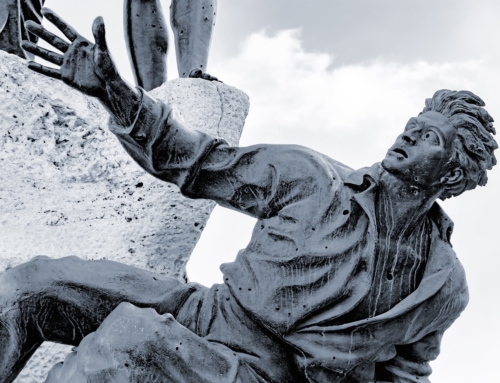
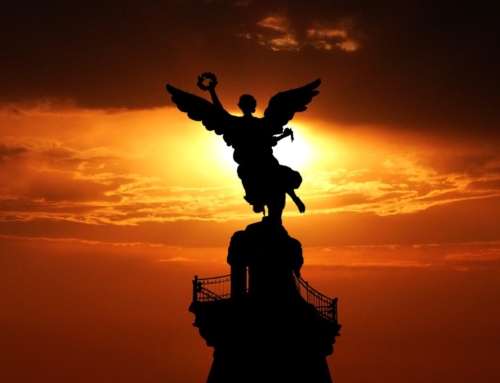
Leave A Comment